Heritage Vila do Bispo
Village walled and fortified Bishop, performed well over the centuries, decades, years. Curiosity is called by the strong, ruins and towers that Vila do Bispo displays.
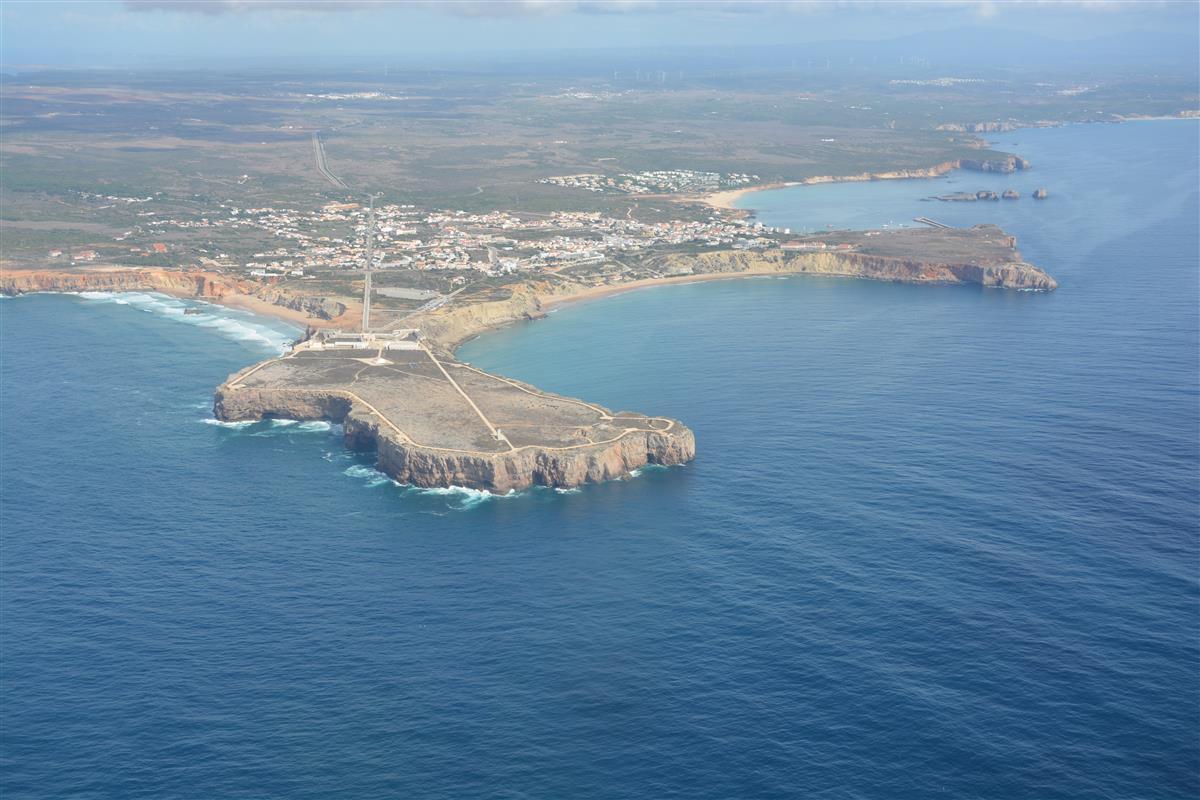
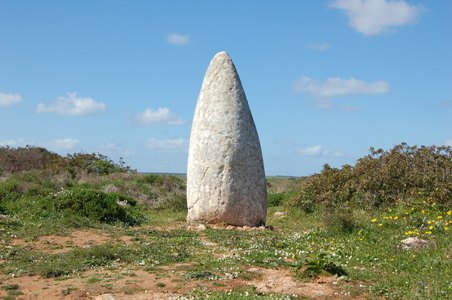
Menhir of Aspradantas -The existing monument, is located on top of a ridge with 95 m high on the Ribeira Valley Pocilgão, about 1 km east of Hortas of Tabual, is a monolith in white limestone with form subcylindrical, measuring 2 meters.
Menhirs of Milrei and Padrão – south of the Parish headquarters, the path of the Ingrina Beach, is one of the largest concentrations of Menhirs in the Algarve. Dated by some scholars, the IV-III millenniums BC, these stand out in the landscape, spread the crests of some terrain elevations. This set consists of more than a dozen copies, most of which lies toppled by the Municipal Road 1257 (Raposeira-Ingrina). Half way through, it is erected the most representative example, and what is in the best condition, is known as “menhir of Padrão”.
Megalithic set of Monte of Amantes – is the southeast of Vila do Bispo, along the route of the old National Road No. 268, between Vila do Bispo and Sagres. It consists of very diverse examples of menhirs, many of them decorated. Your timeline will be around IV-III Millennia B.C .. In later stages a funeral building was built for collective burial.
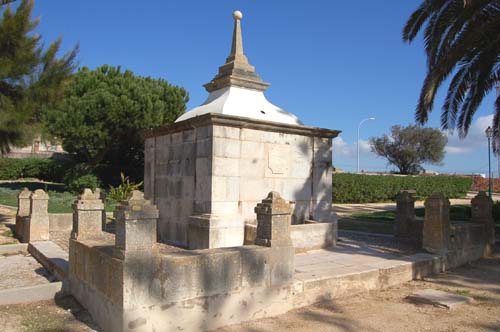
Fountain of Vila do Bispo -the Vila do Bispo entrance, next to a small garden dating back to its construction in 1887.
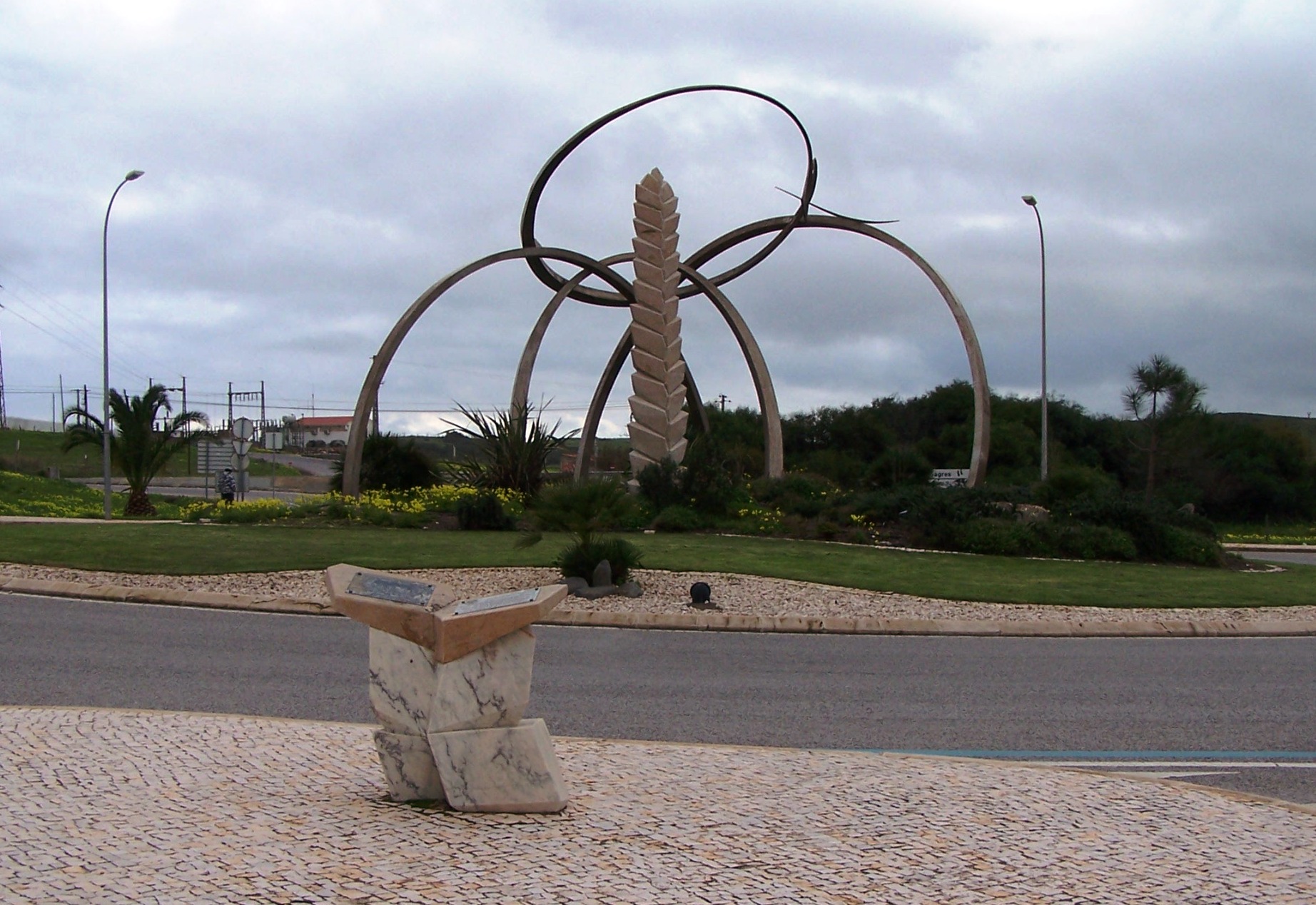
Monument “Celeiro do Algarve” – It reflects the fact that until a roughly three decades ago Vila do Bispo was considered as the production center of the Algarve cereals, receiving in the epithet “The Algarve Barn”. Hence for representation of importance in cereal production Monument project author has chosen to spike to symbolize cereals and metal hoops to represent the hills of Vila do Bispo municipality.
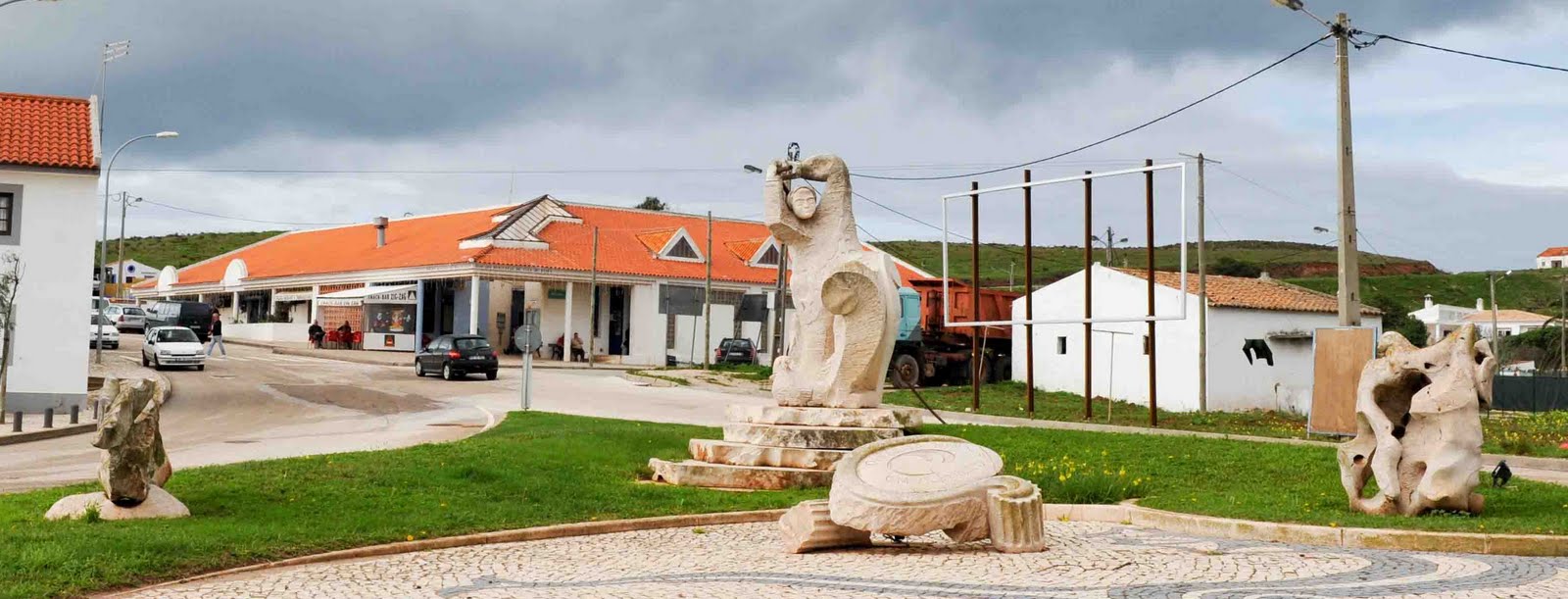
Monument “Homem do Mar” – Vila do Bispo stood out over the years as a county facing the sea, especially for the fishing activity. So it is not surprising a monument of this kind, evocative of the efforts of many Vilabispenses who have dedicated themselves and still engage in this activity.
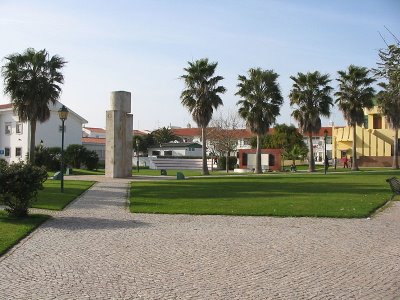
Tanegashima Square – The name is due to the fact that, since 1992, Vila do Bispo have done a twinning agreement with the Japanese city of Nishinoomote, located on Tanegashima Island, where the Portuguese acostaram in the sixteenth century.
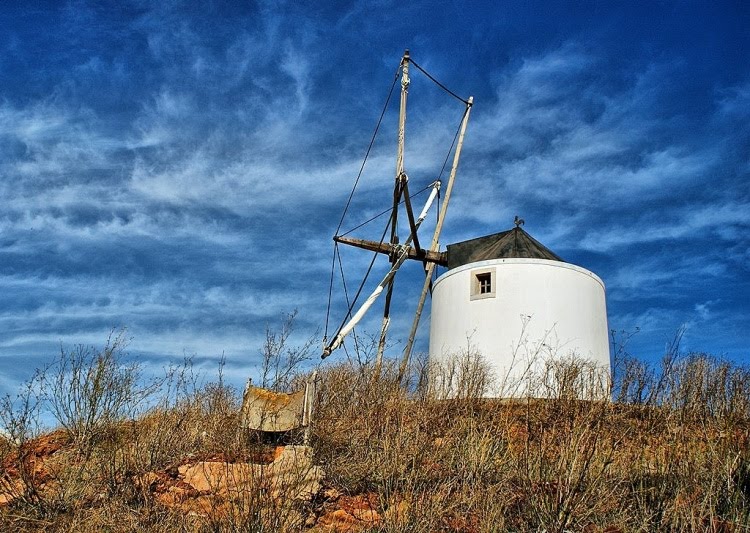
Mills – north of the Bishop of village location are some of the most significant elements of the rural heritage, the mills, the 3 that today are visible and none of them has the technical characteristics for which they were designed, having been converted into residences.
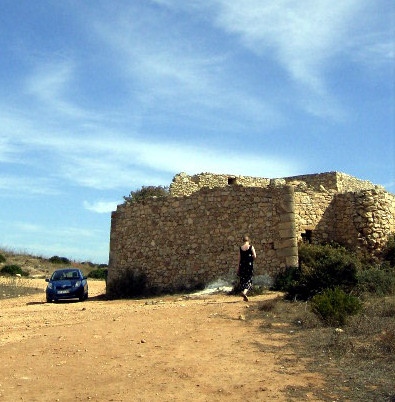
Burgau Fort – Today in ruins, this comes from the seventeenth century, being built in the reign of King John IV. With the devastation caused by the cation of the earthquake of November 1, 1755, the small fort gave way to a battery that, as with much of the coastal fortifications of the Algarve, lost operational from 1834, when it ended the English Civil war, which pitted supporters of liberalism to absolutism supporters. It is located on top of the cliff, located east of the town at the top of the “Street of the Fortress”.
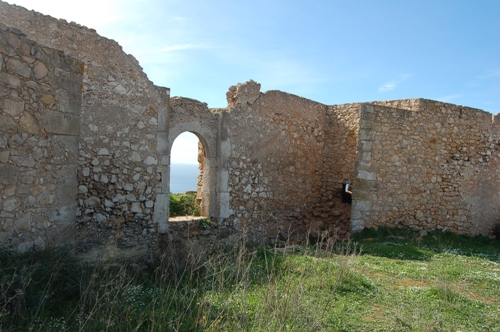
São Luís de Almádena Fort (Boca do Rio) – dated 1632, the reign of Philip III, was built by D. Luís de Sousa, Prado Conde, Governor and Captain-General of the Kingdom of the Algarve. This is one of the most interesting existing fortifications in Vila do Bispo Municipality. Still visible are the remains of two half-bastions, moat, weapons port, barracks and batteries. The interior also presents traces of the old chapel, certainly dedicated to Saint Louis, the patron of fortification.
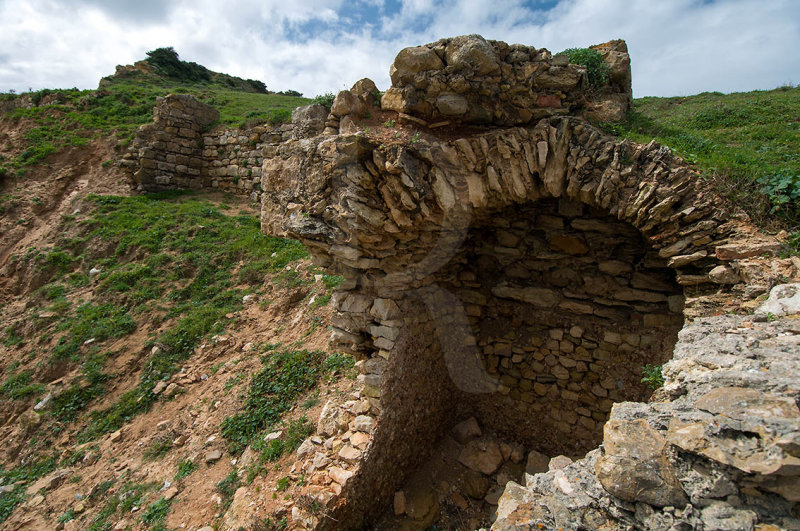
Ruins Lusitanian-Roman (Boca do Rio) – Praia da Boca do Rio, some are visible on the beach, others are semi-subterradas, some structures are still completely buried and others are exposed in Lagos Regional Museum. These archaeological remains relate to the Roman era (centuries I-IV A.D.). In addition to structures, such as decorative walls, a spa tanks, fish salting tanks were located here many traces, such as coins, statues, mosaics, etc., and statements of its value in historical and patrimonial terms.
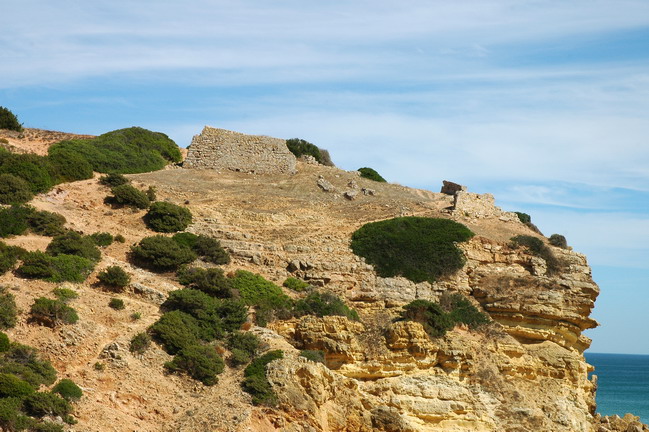
Vera Cruz Fort (Figueira) – the ruins are located on the top of the cliff, which limits the East, Figueira Beach. As one of the defensive structures built in this area at a later date to 1640, possibly during the reign of King John IV. It had, in addition to the barracks, two batteries (one high and one low), which was based their artillery, usually consisting of four fire hydrants. In its vicinity, there was a landing of pirates or North African corsairs, on the night of May 04, 1670. Their goal was to plunder the village of Figueira, but the attacking group was routed by the inhabitants, led by a local officer, name Afonso Telo.
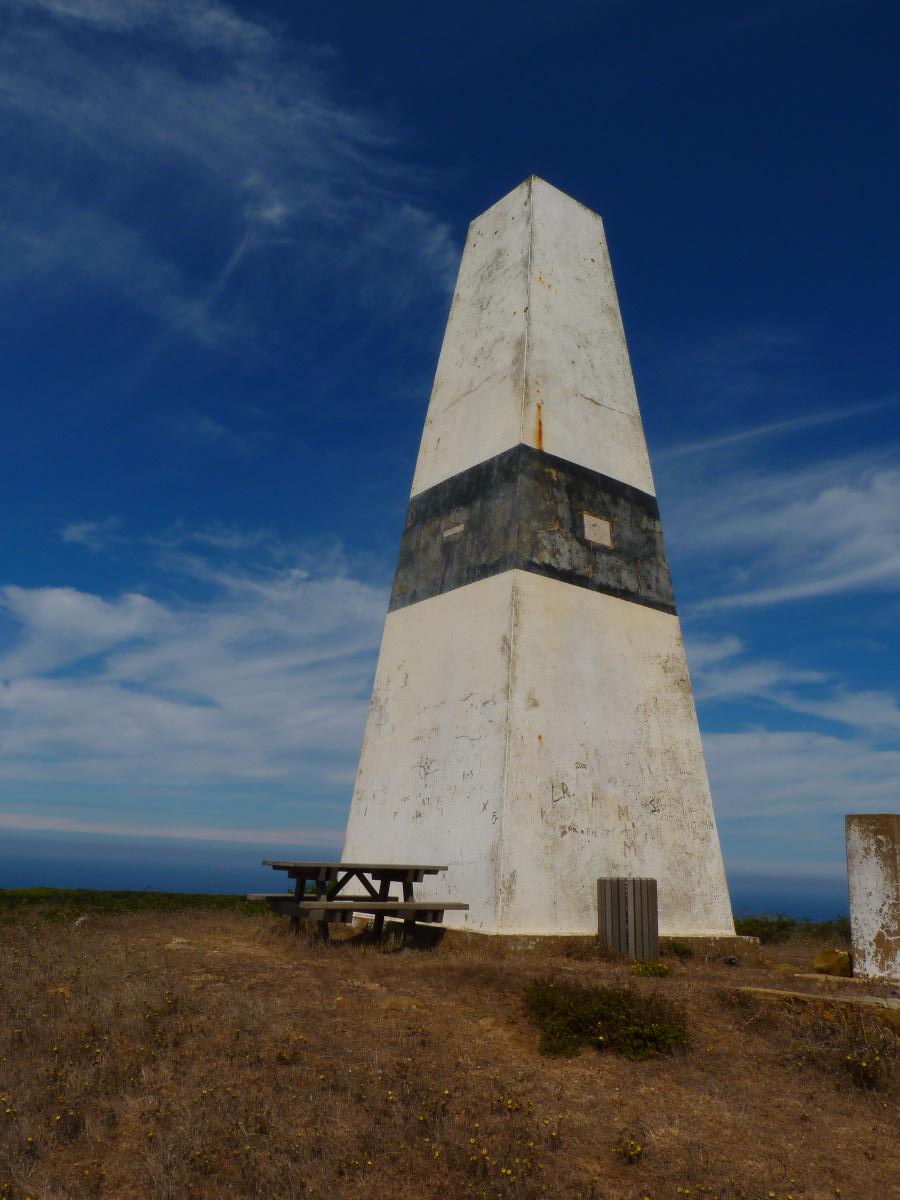
Aspa Tower (Vila do Bispo) – it is unknown the exact date of its construction, it belonged to a surveillance network that was designed to control navigation and possible attacks from the sea. It is likely that this network has been organized during the reign of King John III. Currently there are no traces of Watchtower, which stood under the current Marco Geodetic Aspa Tower (Vila do Bispo) that marks the highest point of the Algarve coast (156 meters altitude).
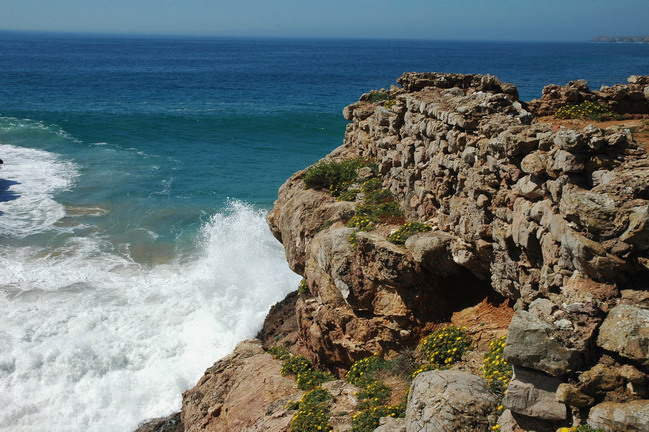
Fort ruins and Battery Zavial – the east of the Ingrina Beach, Ponta da Fisga, are the ruins of two military buildings: those of St. Ignatius of Zavial Fort and to your left, the Zavial the battery. The fortress was probably built between 1630 and 1633, when it ruled the Algarve D. Luís de Sousa, Prado Conde. Having been destroyed earthquake action visor November 1, 1755, in its place was built at Ponta da Fisga a battery and a small barracks, to defend this coastal zone.
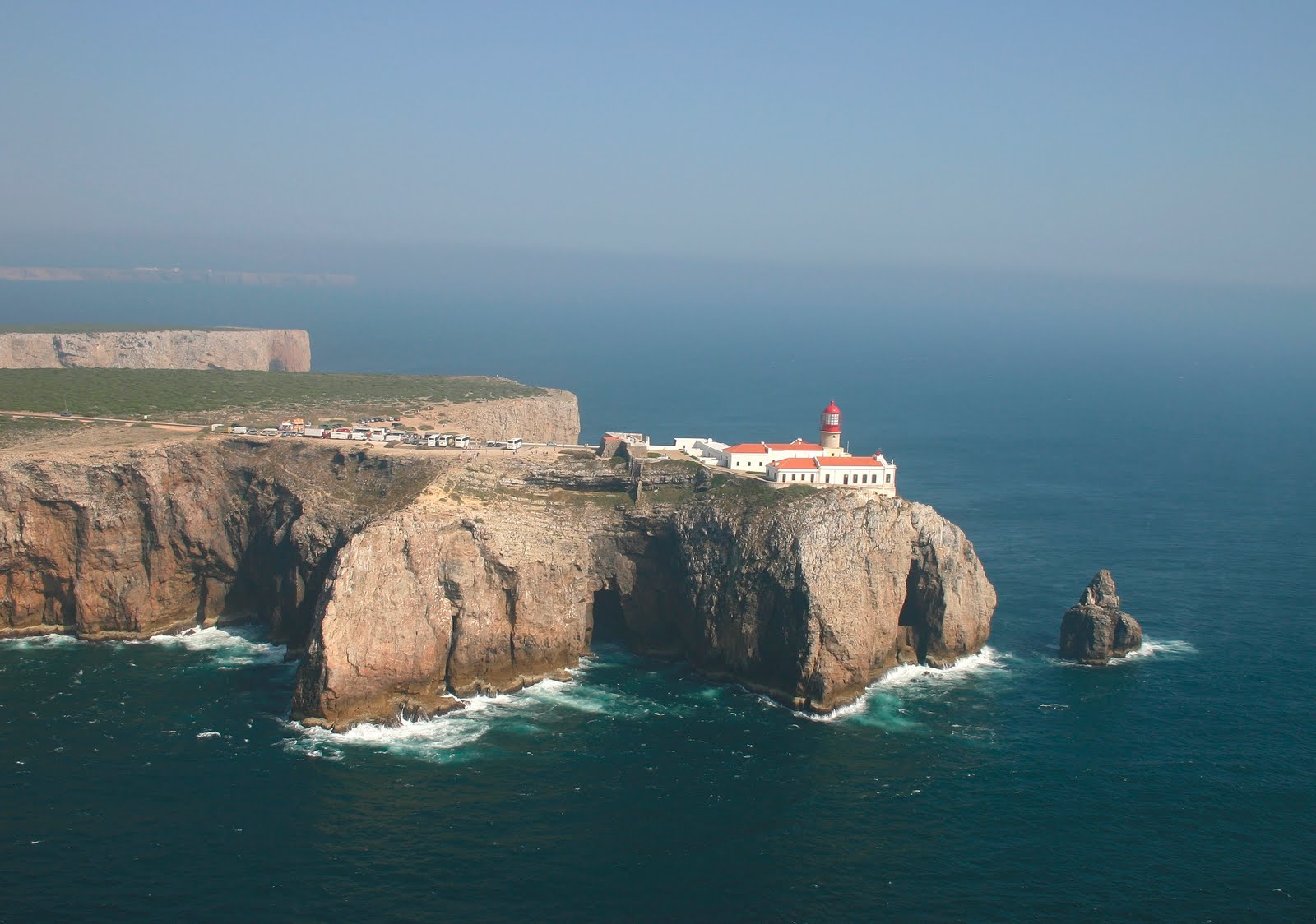
S. Vicente Cape – in the far west of Portugal and Europe, it has a height of 60m and a 100m length which remains on a small peninsula, with about 1.5 km wide, connected to the mainland by an isthmus 60m wide. This area is an important reference point for the various sea routes that cross here. In the twelfth century, the Arab geographer Edrisi states on the western side of the cable, to a church, which was part of a small convent of Mozarabic monks, reporting that in front of the convent there was a small mosque where Muslims went on pilgrimage. During the 1st half of the sixteenth century, the Bishop of Silves, D. Fernando Coutinho ordered the construction of a convent that housed first, Jeronimos Friars and a few years later, Franciscan Friars. In the reign of King John III was built a fort to protect the convent and the many pilgrims who came to him. In 1587, the English privateer Francis Drake stormed the building and eventually destroy the tower, which only in 1606 would be sent to restore by Philip III of Spain. Dating from that time much of the structures, which today we can see readapted the lighthouse complex. With the extinction of religious orders by the Liberals in 1834, proceeded to the conversion of existing buildings. The Lighthouse, as we know it today, was built during the reign of Dona Maria II in 1846. In 1894, a decree of King Carlos, has arranged the study of changes to make the lighthouse of Cape St. Vincent, comprising the construction of a 20m high tower on which settle down the lantern and the construction of facilities for housing the lighthouse keepers. In 1904 it must have started running the current lighthouse, having suffered, however, several modernizations. Note that the Cape St. Vincent Lighthouse is considered one of the most far-reaching headlights at European level, with rotating flares with a range on the order of 32 miles, and has a powerful tone.
S. Vicente Cape and Legend – according to legend, the Cape owes its name to the martyr St. Vincent, who died in Valencia in Spain in 304 A.D., at the hands of the Roman provincial governor Daciano, for refusing to renounce his Christian faith. Daciano ordered that the body of Santo was thrown into a field, and so be devoured by wild animals. But the body was never polluted due to a large and mysterious crow appeared to defend. Then the governor ordered that the body was thrown overboard tied to a millstone. However, when playing in the water the rope holding the millstone broke and the body of St. Vincent was dragged by the sea, giving the coast in the eighth century, in the Cape region, accompanied by ravens. The holy relics have been kept in the Church of Corvo, also referred to by Edrisi in the twelfth century, which was part of a small convent, already existing there, of Mozarabs monks. This same author reports that outside the convent will have-built a small mosque where Muslims went on pilgrimage. It is said that the ravens kept lookout in the grave until the body was transferred to the Cathedral of Lisbon, after the year 1147, in the wake of the conquest of the city to Muslims. It is for this reason that St. Vincent became the patron saint of Lisbon and the ravens are part of the city’s coat of arms.
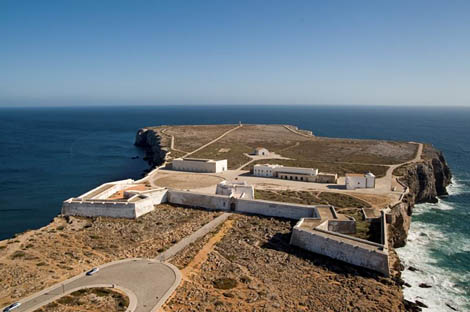
Tip and Fortress of Sagres – Sagres takes its name from ancient Sacrum Promontorium, so why was known to the southwestern tip of the western Algarve and especially the Cape St. Vincent in the times of antiquity. There was the belief that it was here that the gods gathered at night, from people from miles around to during the day, perform various rituals. Ancient authors refer to this place as one of connected to Saturn and Hercules worship. It has been difficult to accurately determine the start date of the fortress building and its walls, indicating as the most likely date the year 1443, when Henry, son of King John I, received the part of the his nephew, King Afonso V, Sagres region for it to build a village, designed to support the navigation that crossed these waters. The fortification, which received great works during the sixteenth century, was heavily damaged by Francis Drake attacks, privateer English in 1587 and the earthquake of 1 November 1755. It had 3 batteries, where was their artillery: 1 facing east, one facing west and one in the southern end, known as “Battery Point”. Their structural aspect and configuration is a result of the last campaign works, which took place in 1793, during the reign of Queen Maria I. Noteworthy is also the southern wall of the fortress wall, was placed in 1840, a tombstone in Infante D. Henrique memory with inscriptions in Portuguese and Latin. In the center of the square was discovered a geometric figure drawn on the ground, the rough stone, similar to the structure of a rose of the winds, consists of 32 rays. Because they have been found in this place a few coins from the reign of King Afonso V (Infante’s nephew) is supposed to trace this is contemporary of Henry the Navigator. However, today, scholars lean more to the hypothesis that it is a great Sundial.
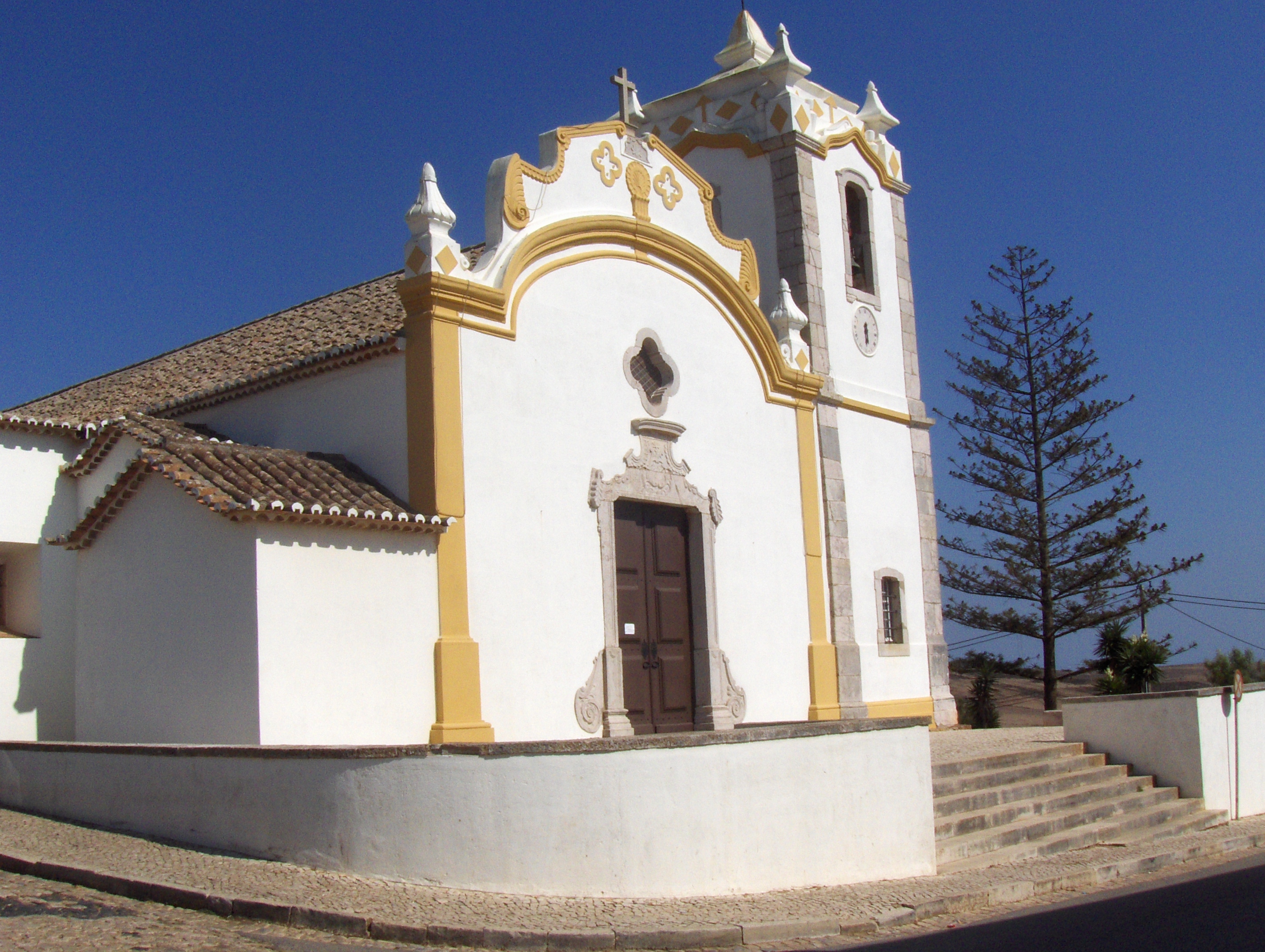
Mother Church of Vila do Bispo – the current temple was probably built in the late sixteenth century, and its patron saint Our Lady of Conception. The church is a single nave and shows the lined interior tiles and gilded, having both artistic elements been put in the date to the 1st Quarter of the eighteenth century. The main chapel is covered by a vault and is dedicated to Our Lady of Conception, having once been dedicated to Santa Maria Cape. It has two boards from the late sixteenth century, representing the Apostles St. Peter and St. Paul. Noteworthy are also the Chapel of Our Lady of Mount Carmel and the Altar which is her opposite, elements which are composed of gilded superb quality. Reference should also be mentioned the ceiling, formed by Coffered wood, painted with spiritual reasons and where, in the center, was the National Coat of Arms. A room attached to the Church, is installed a museum, where are exposed various religious ornaments, vestments and some archaeological pieces. In the sacristy, one can find a Arcaz seventeenth century.
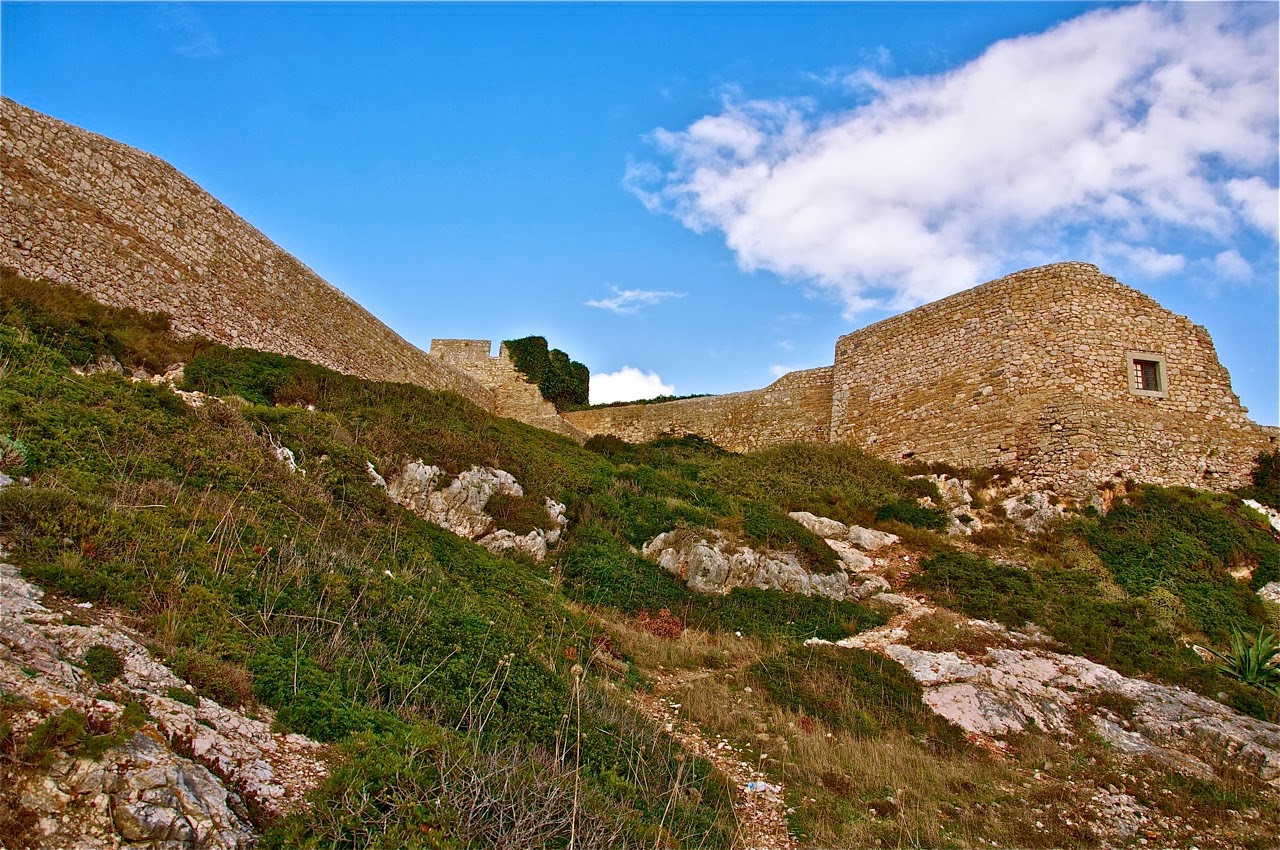
Beliche Fort (Cabo de S. Vicente) – dedicated to Saint Anthony, it was built in the reign of King Manuel or John III, in no certain date, but prior to 1587 – as it is drawn on the map of this region at the time of Francis Drake’s attack. I had the duty to control a possible landing zone and protect fishermen that there were a tuna fishing frame. Inside, there is a chapel whose patron saint is Santa Catarina. The entrance of the fort, boasts a shield with the Royal Arms and an inscription dated 1632 which refers to the strong reconstruction this year. The earthquake of 1755 caused him great harm and was gradually abandoned. It was finally recovered in 1960, and on the foundations of the old barracks was made a teahouse, whose works were carried out by the Directorate of National Buildings and Monuments, following work carried out in Cape St. Vincent and Sagres in the late 50’s, in view of the celebrations for the fifth centenary of the death of Prince Henry.
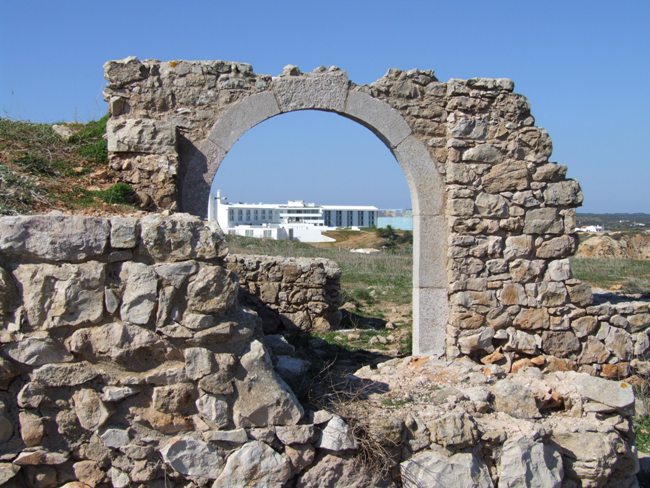
Baleeira Fort – He had a triangular shape, whose longer side extended along the Cliff facing the current fishing port of Whaling, and its main function is to control a possible landing zone and protect fishermen that there had fishing frame. I had by invoking Our Lady of Guia, and there, inside a chapel consecrated to it. It was one of the fortifications attacked and destroyed by the English privateer Francis Drake, in his attack in the region in 1587. It had rooms for trim, but currently retains only part of the arched doorway of entire back without the trim from the top, and some foundations of the walls, a few centimeters above the ground.
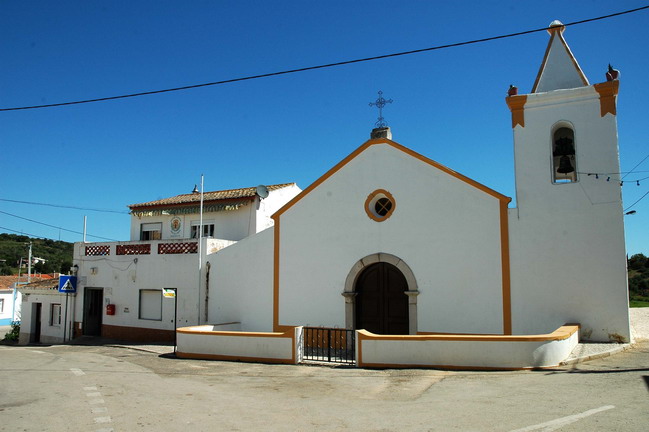
Mother Church of Baron of S. Miguel – It stands out in the village his Church, probably built during the sixteenth century. It features a single nave and bell tower, however, the most striking element is its High Altar (Baroque), dedicated to St. Michael, the Archangel.
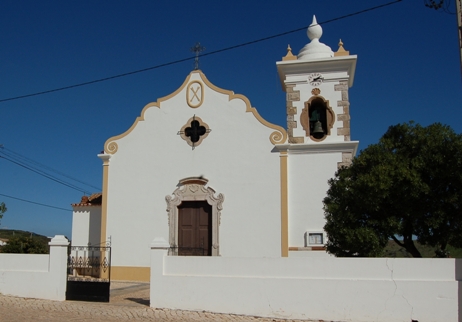
Mother Church of Budens – Situated in the center of Budens, the church, dedicated to St. Sebastian, dating from the sixteenth century. It has a single nave. The interior has no currently nothing remarkable, since all its filling gilded lost by action of the earthquake of 1969. It was destroyed by the 1755 earthquake and therefore rebuilt in 1762. However, he suffered other restoration and refurbishment works in 1877 and 1926, respectively. I have old wooden pictures, including: Our Lady of the Rosary, St. Peter, Dead Lord and St. Sebastian, patron of Budens.
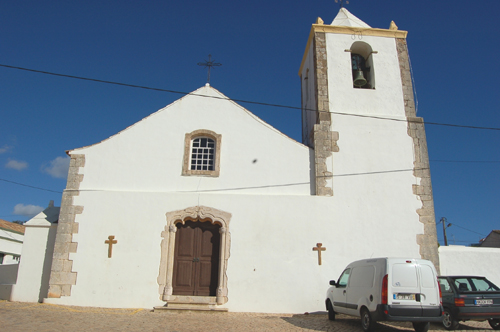
Mother Church of Raposeira – in the village of Raposeira, this temple of the sixteenth century, is the patron saint Our Lady of the Incarnation. It consists of a single nave, has bell tower completed in octagonal pyramid and Manueline portal decorated. The chancel is vaulted and the triumphal arch is tripartite in small columns based on capitals decorated red sandstone. A door to the east, giving access to the village cemetery is also Manueline style. Inside, there are the two side chapels, which exhibit good gilded wood of the eighteenth century.
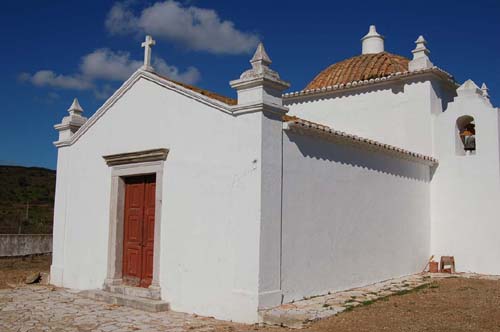
Santo António Chapel (Budens) – Construction is expected dates back to the seventeenth century. The Altar of the Chapel is in Talha and it stands out the image of the Patron Saint Anthony, wood, eighteenth-century sculpture.
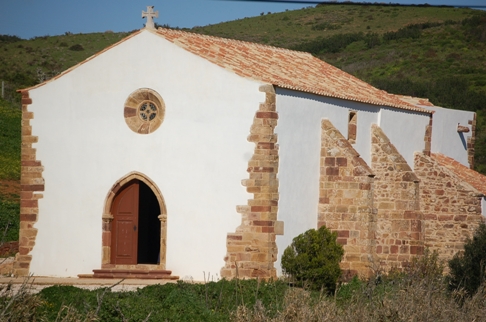
Nossa Senhora de Guadalupe Chapel – located about 2 km, the east, the Raposeira, it was a place of worship of Prince Henry. It is a Romanic-Gothic style building, its construction may have occurred during the second half of the thirteenth century, with a rectangular plan with a single nave, and walls supported by powerful buttresses. Coverage is empty tile, with two waters, with gargoyles. The façade has ogival door with decorated capitals for corded and a human face, and surmounted by a rose window. The main chapel is covered by a ribbed vault, with two finials, supported by pointed arches that rest on eight side columns with capitals. These are decorated with Romanesque way with branches, foliage, shells and human representations and animals. The back wall is torn by a double window round arch. Also worth admiring the triumphal arch and the side columns of the chancel in sandstone of different colors. This Chapel, resisted the earthquake of 1755, it has thus become a rare example of medieval art in a region where few monuments of this type have survived. This religious building is the oldest that is preserved in this area of the western Algarve.
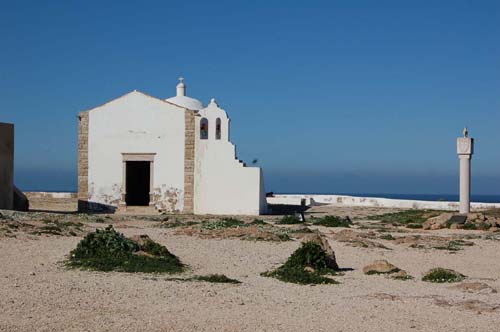
Nossa Senhora da Graça Chapel – In the complex of the Fortress, as you enter, after crossing one vaulted hallway that leads to the Plaza de Armas, it stands out in the background, on the right, a temple dedicated to Nossa Senhora da Graça, which is supposed to have been built in time Infante D. Henrique. At the front, it opens up a Renaissance portal, which is believed to be later construction. Inside, a single nave, there is the High Altar, with a wooden altarpiece and three gravestones. In niches, co-lateral to the Chancel, the images of San Vicente and San Francisco, both possibly from the XVII and XVIII can be observed.



